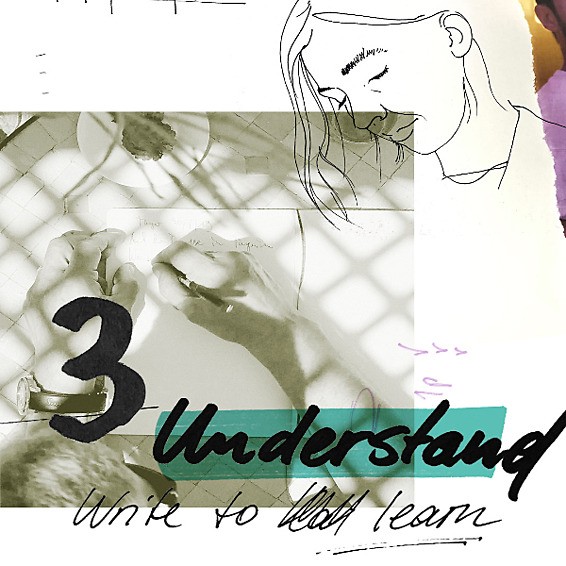-
Denken mit der Hand
Sense and experience. Feel, touch, grip and grasp. “The hand is the window to the mind,” said German philosopher Immanuel Kant. We take things that interest us into our hands to help us understand. Our sense of touch is so sophisticated that we even describe things we have grasped with our hands in the dark, in much greater detail than when we only see them. Every contact, each touch sparks a firework in the brain. When we grip, we grasp.
Each time we take pen in hand and put it to paper, we spark a firework.
Thoughts grow into words, sentences
and pictures. Memories become stories.
Ideas are transformed into projects.
Notes inspire insight.
No keyboard is able to replace the valuable thinking and processing mechanisms that occur when we put pen to paper.
We write and understand, learn, see and think – with the hand. Writing by hand is thinking on paper. We allow our thoughts to run free. This empowers us to step back. The resulting distance helps us to objectively view plans and projects. By writing our thoughts down, we bring them to life. By putting our plans on paper, we increase the chances of actually putting them into practice. Make lists to hold control in your hand. Write down in order to let go. Draft a plan to analyse it. Take a rough thought and put it into words until an idea appears on the page! Writing things by hand is the method used by people who are intent on putting their ideas into practice. They’re your ideas, plans and projects. It’s in your hand!
8 reasons why writing with the hand makes you smarter. And probably even happier.

1. The hand
To grip is to grasp
“The hand is the window to the mind,” said German philosopher Immanuel Kant almost three hundred years ago. With the eye we see the world, but it is the hand with which we “grasp” it. Our sense of touch is so sophisticated that we even describe things that we have grasped with our hands in the dark, in much greater detail than when we only see them. Every contact, each touch sparks a firework of connections in the brain – and accelerates our thinking.
Write with pen and paper – and set off your inner fireworks.







